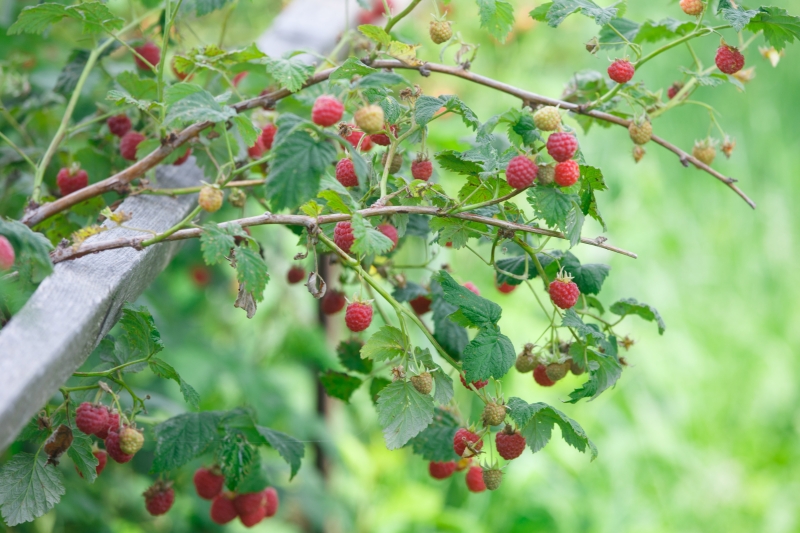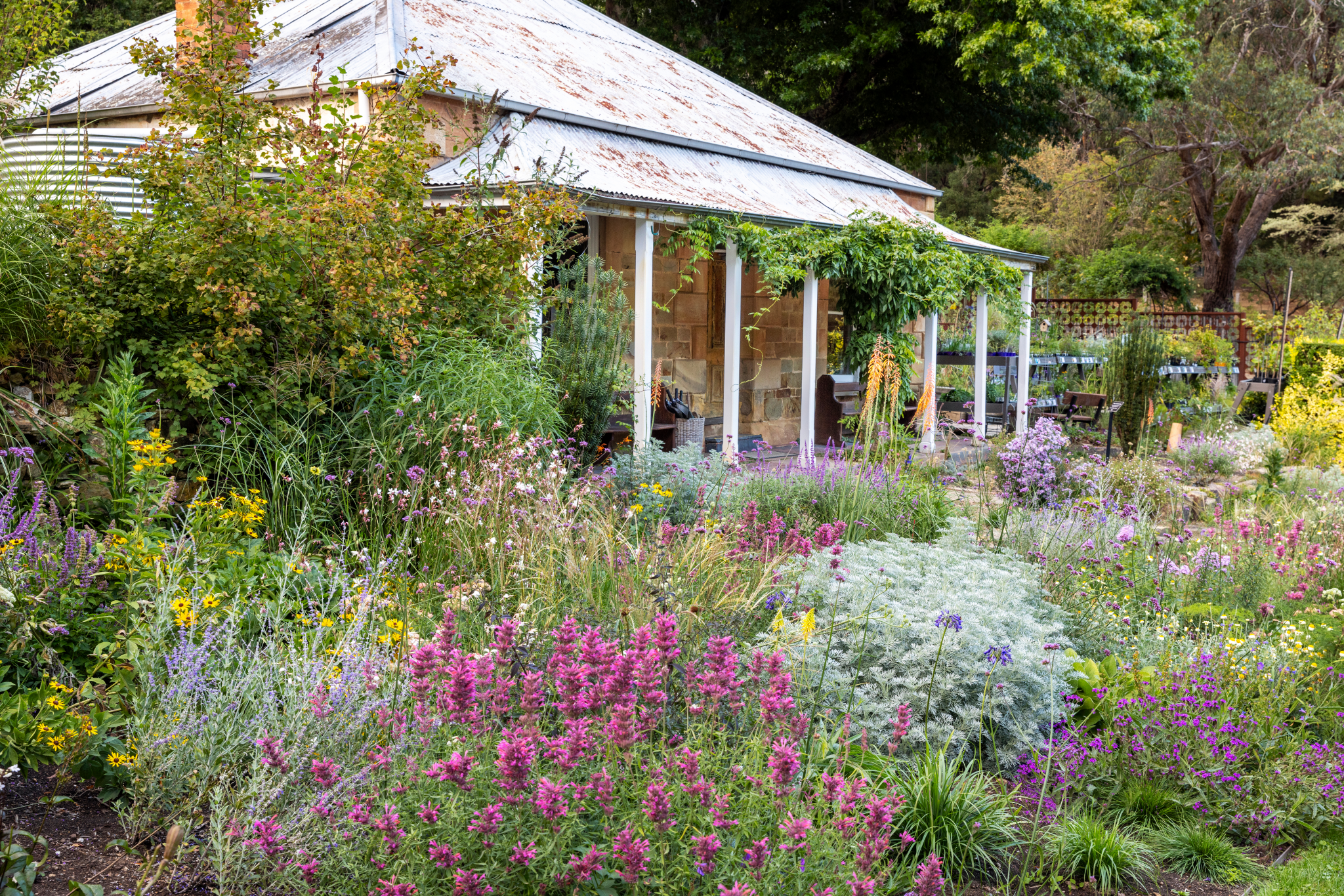Summer is the season in many of our gardens and The Garden of St Erth is no exception. While spring provides a show of bulbs and early flowering highlights, our carefully selected perennials and heirloom vegetables are what carry the garden through to its peak in the hotter months.
Our dry-climate garden is designed to withstand harsh summers with minimum water and features a selection of the toughest perennials and shrubs. It not only survives hot, dry summers, but thrives on the exposed, sunny hillside. Perennials from Africa, the Canary Islands and other arid and Mediterranean climates suit our conditions well. They are often trialled in the dry garden before being offered for sale through the Diggers nursery.
The naturalistic-style herbaceous border, designed by Simon Rickard, also features a unique range of perennials that light up the cottage garden from summer into autumn, giving gardeners inspiration for flower gardening in drier inland climates and showcasing climate-wise perennials. Drifts of ornamental grasses tie the garden together with colourful flowers bursting out from amongst the foliage and seed heads.
With the St Erth Fork to Fork Café now open every day, much of our focus has been on increasing the production of our heirloom vegetables to keep the kitchen well-stocked and provide visitors with a taste of our fresh, heirloom produce straight from the garden. The warmer, frost-free weather allows us to grow a wider range of vegetables, from delicious cherry tomatoes to cucumbers, pumpkins, and salads, all grown using the best organic methods.
Our vegetable and reinvigorated berry gardens give visitors a glimpse of Diggers heirloom range, as well as demonstrating companion planting, succession sowing and sustainable food production.

Caring for cane berries
Raspberries and other cane berries are some of the most rewarding crops you can grow at home. From boysenberries to tayberries, logans and thornless blackberries, there is a wide selection of different cultivars, each with unique and delicious flavours. Many varieties are too soft and delicate to be found in the supermarket. Grow your own for fresh berries all summer.
- Top dress the soil around each plant with a generous dose of compost each winter or spring.
- A thick mulch of straw or woodchips helps prevent weeds, conserve water and mimic the forest environment where
berries thrive. - Remove spent canes that have already fruited to make way for new shoots.
- Most varieties fruit on one-year-old canes. Secure last summer’s growth to a trellis or wire to support it as it flowers and fruits.
- Thin new canes to three or four per plant to allow air flow and get larger, juicier berries.
- Water regularly throughout the growing season to encourage new flushes of fruit.
